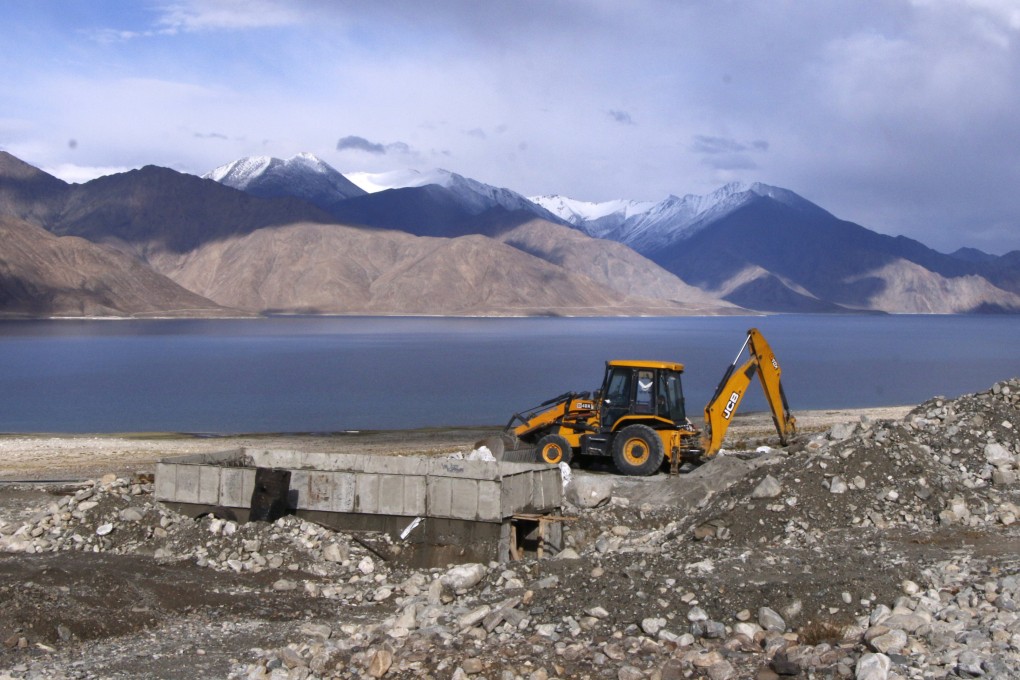China-India border: why another Chinese bridge may be the latest friction point
- Beijing has built a second bridge across the disputed Pangong Tso lake in the Himalayas, in an area New Delhi says belongs to India
- Analysts say this could lead to more political rows, increase region’s militarisation, diminish chance of decades long stand-off being resolved

Both structures are in an area India lays claim to and cut across the high-altitude lagoon, connecting its northern and southern banks. Reports in the Indian media have estimated the bridges to be about 450 metres long and 10 metres wide (1,500 feet by 33 feet).
According to military generals who have served in the area, the latest bridge will allow Chinese troops to quickly move military equipment and personnel across the Pangong Tso, which is over 130km long and has an average width of around 2-6km (1.2-3.7 miles).

Rather than Chinese troops having to move along and around the eastern arc of the lake to reach their military base at Rutog, 10km south, the bridge will mean a faster and more direct trip. An analysis by the Centre for Strategic and International Studies (CSIS) estimated travel time would be cut from 12 hours to 3-4 hours.